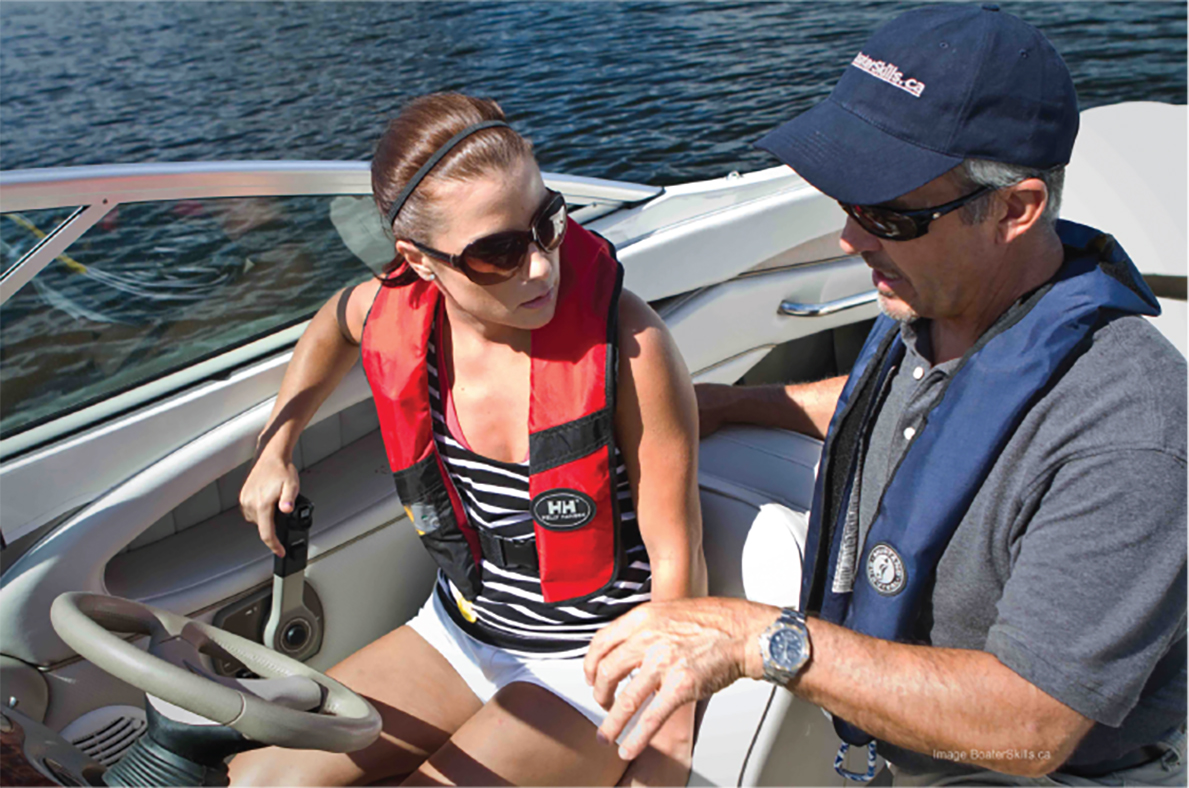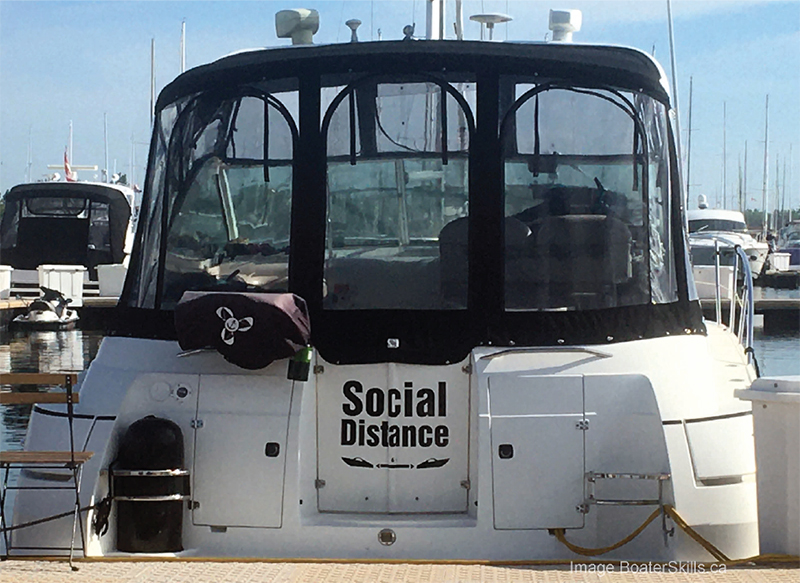Helping new boaters turn interest into passion.
BETTER BOAT HANDLING
with Craig Hamilton
We have seen a significant increase in new boaters over the past two years, due in part to COVID restrictions forcing many people to stay closer to home. As the boating season approached in 2020, many were looking for something fun to do outdoors and as a result, the sale of boats and Personal Watercraft jumped dramatically. The latest figures show there are now more than 15 million recreational boaters in Canada.
Things have been good for the marine industry and the many spin-off businesses that benefit from a vibrant boating community. But will these new “Covid-era boaters” stick around once COVID restrictions are in our wake? And is there something the marine industry can be doing to help retain boaters in general?
When a new boater is having fun and not afraid to head out on the water, the activity can quickly develop into a passion and that is important for keeping boaters coming back year after year. But not everyone has an easy go at first, as boat handling in close quarters or in windy conditions can create a lot of anxiety and this can lead to boaters being scared away from the activity.
Practical instruction is obviously the best option, in particular with larger boat purchases. Videos and books can also help to some degree, but ultimately, it’s up to the boater to pursue any form of preparation.
In a better world, practical instruction would be available at the point of sale. A few dealers are able to help a new boater with this to some degree, but those who buy privately are less likely to have this option. This leaves many boaters learning through trial and error or seeking out private instruction such as what we offer with BoaterSkills.ca.
Fortunately, there are resources such as Power Boating Magazine that help facilitate boater education by inviting instructors like myself to offer boating tips. If you recently purchased a boat, or are planning on doing so this year, please consider the following basic boat handling tips to help you to have a more enjoyable and safe time on the water!
It all begins with the basics: shifting, steering, speed, and situational awareness.
Shifting: Practice shifting in and out of gear until you become efficient at it and can find either forward, reverse, or neutral without hesitation. If the shifter(s) are difficult to move, get it fixed because if you can’t shift you can’t be in control.
Steering: Come out of any turn early. It is easy to over-steer a boat and lose the bow as it is the lightest part of the boat. Remember, boats will often continue to turn after centering up the wheel due to momentum and the hull’s ability to slip sideways.
Speed: Don’t be in a hurry. Avoid using any throttle when close to the dock. Instead, shift in and out of gear every few seconds to slow the boat down and to maintain steerage.
Situational Awareness: Always be aware of your position and distance off of docks, boats, etc. Look around yourself and/or have a crew member assist.
Additional tip: Bow control and wind: The bow is lighter than the stern and can drift off-line at slower speeds. Correct early with the wheel. If it is windy, most problems come from being pushed sideways by the wind, especially if it’s blowing you away from the dock and not towards it. Check wind direction and speed before heading out and as you approach the dock and plan according. Working into the wind typically brings better results when docking.
There is no doubt that with training and preparation, boating is less stressful and more enjoyable for everyone. I believe it is critical that the marine industry encourage boater training and education in all forms so that we continue to see boaters coming back year after year.
Don’t hesitate to ask questions and seek help when needed because we want you safely on the water and coming back for more!
Be safe, stay healthy, and best wishes to all for 2022!
Capt. Craig Hamilton
Master Instructor
www.BoaterSkills.ca


